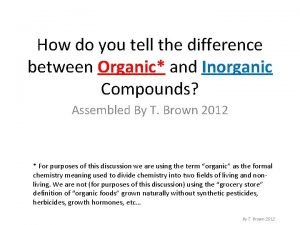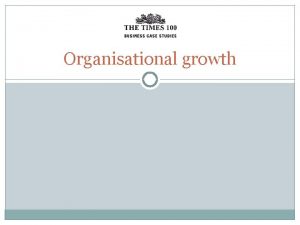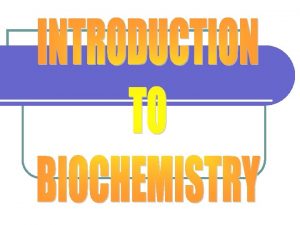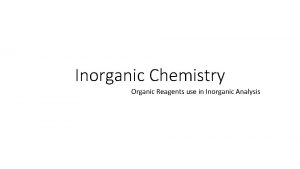Organic and inorganic growth Organic growth Organic internal






- Slides: 6

Organic and inorganic growth

Organic growth Organic (internal) growth is when a firm grows from within Profits may have been re-invested to increase capacity e. g. the building of new stores Sales increase through: Selling to more customers in existing markets Finding new markets Launching new products

Organic growth Advantages of organic growth Disadvantages of organic growth • Less expensive than inorganic growth • Can be very slow • Less risky than inorganic growth • Growth may be limited • Can be better planned for • Easier to control • Maintains existing culture and management styles

Inorganic growth occurs when firms join together, either through: Merger – businesses agree to join together Takeover/acquisition – one firm takes control of another by buying at least 51% of shares

Integration Inorganic growth occurs through integration: Horizontal integration Firms are in the same industry and the same stage of production e. g. two car manufacturers join together Backwards vertical integration A firm takes over a supplier e. g. car manufacturer takes over a windscreen supplier Forwards vertical integration A firm takes over a customer e. g. car manufacturer merges with a sales dealership Conglomerate integration (diversification) Integration occurs between firms in unrelated industries e. g. car manufacturer joins with a bakery

Inorganic growth Advantages of inorganic growth Disadvantages of inorganic growth • Can occur more quickly than organic growth • More expensive than organic growth • Firms can benefit from a greater pool of skills and experience • Customers, sales, assets and market position are acquired immediately • Difficult to combine different organisational cultures and management styles • Possibility of diseconomies of scale • Greater risk • Reduces competition • Difficult to control











